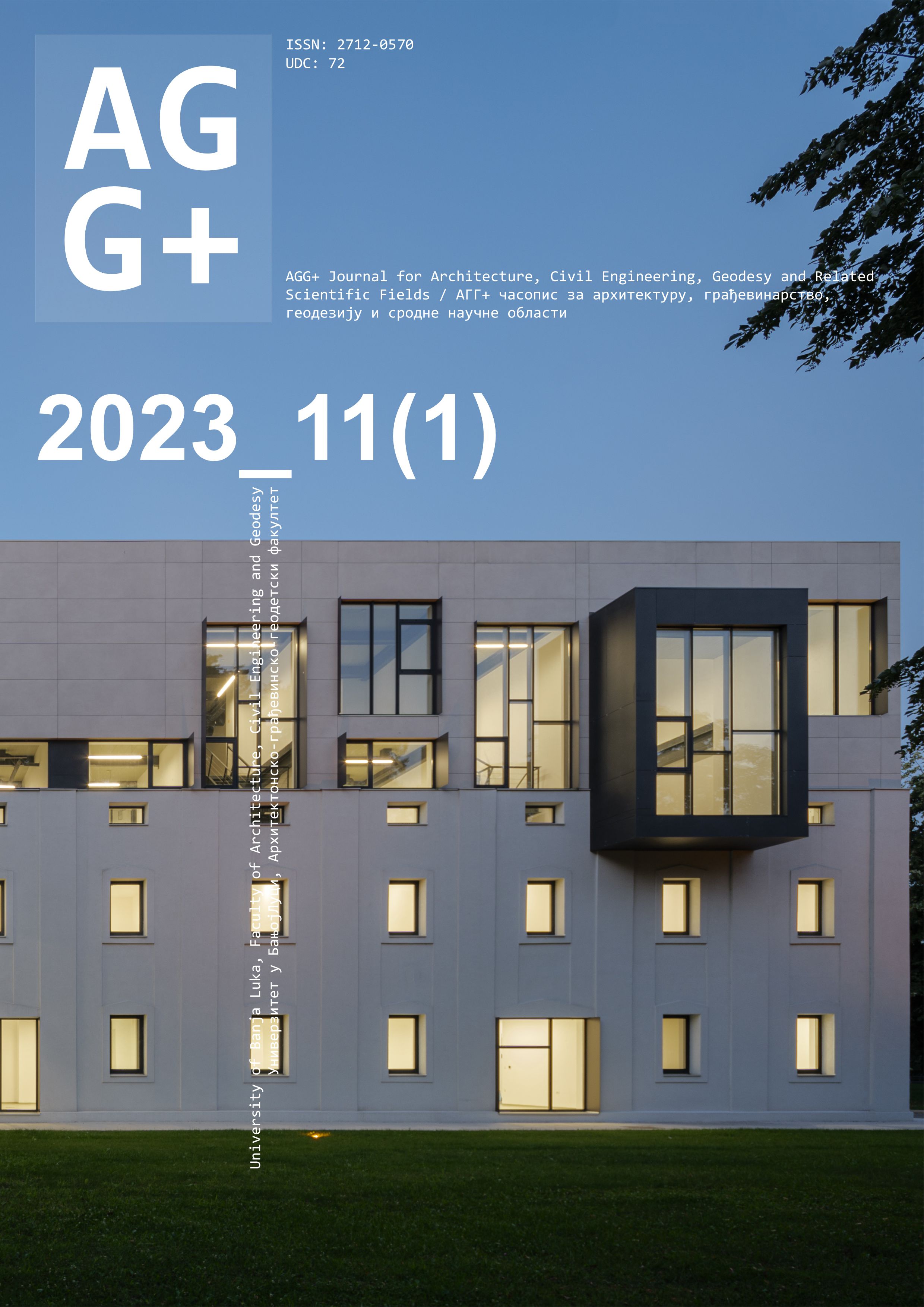Faculty of Architecture, Civil Engineering and Geodesy, University of Banja Luka , Banja Luka , Bosnia and Herzegovina
The starting premise of this paper is that a careful interpretation of changes in the meaning of urban places, provided their autochthonous qualities and the quality of the urban environment and architecture are respected, can help to better understand and treat the built environment. The case study presented investigates Banja Luka’s urban landscape, i.e., concrete changes to its urban core and the principles that have underlain its planning and construction over time. Also, it shows how the use of different regulation instruments and the formation of spatial hierarchies led to spatial-physical, visual, and symbolic or axiological-normative properties, as well as standards of use, translating into features of spatial identity. Changes to the location of Banja Luka’s urban core and to the meaning and significance of its urban places are simultaneously considered to determine their value and meaningfulness. Analysis of the landscape-regulation-identity triad shows that the variability of the symbolic meaning of Banja Luka’s urban core – considered in relation to changes in its content, location and form – is the central narrative thread of the city’s urban history. The paper offers tools for and encourages urban regeneration by re-evaluating the key elements of Banja Luka’s spatial identity and reconfirming their significance. These recommendations are given in broad terms, in view of defining standards of spatial regulation that could help to regenerate Banja Luka’s urban landscape.

This work is licensed under a Creative Commons Attribution-NonCommercial-ShareAlike 4.0 International License.

The statements, opinions and data contained in the journal are solely those of the individual authors and contributors and not of the publisher and the editor(s). We stay neutral with regard to jurisdictional claims in published maps and institutional affiliations.